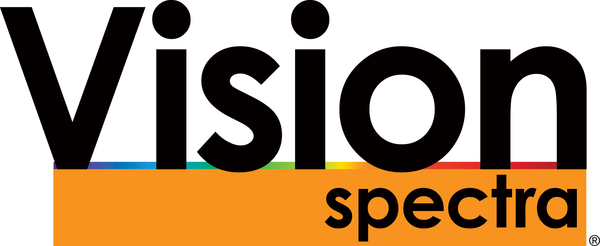Dynamic Speckle Patterns Detect Fires in Harsh Environments
A multi-institutional group of researchers from Denmark and Norway has developed a laser-based system that can detect fires in challenging environments. The new system does not measure the amount of light or its wavelength, but rather how the refractive index randomly fluctuates due to heat convection from the fire. In practical terms, this means that light obstruction from ambient dust particles will not be a problem as long as a small fraction of the light is detected, and that fires without visible flames can still be detected.The system detects a fire or change in temperature by using optical components to create and detect changes in a speckle pattern. Dynamic speckle patterns are produced by interference when the laser light hits a rough surface. When a fire is occurring, the heat flow makes the laser beam jitter. This movement is detected when the laser light is reflected to a detector at the laser source.
The researchers used statistics and machine learning to analyze the noise pattern of the dynamic speckle pattern created by the laser light. The presence of broadband white noise indicated a fire, while noise sources confined to a narrow range of wavelengths could be ruled out as a mechanical influence such as vibration.
The stand-alone laser system consists of a Linux-based Red Pitaya system, a 650-nm laser diode, and a positive-intrinsic-negative photodetector. Laser light propagates through the monitored area and reflects off a retroreflector generating a speckle pattern. Every 3 seconds, time traces and frequency noise spectra are measured, and eight descriptors are deduced to identify a potential fire.
A new laser-based system uses inexpensive optical hardware to detect fires in environments such as industrial facilities or large construction sites. The researchers tested a prototype in the waste plant picture on the left. Courtesy of Mikael Lassen, Danish Fundamental Metrology A/S.
To validate the new fire detection system, the researchers tested a remotely operated proof-of-concept prototype at the Energnist I/S waste plant in Kolding, Denmark. “The system detected fires with an accuracy of 91%, which is a very good result taking into account the harsh environment,” researcher Mikael Lassen, from Danish Fundamental Metrology A/S, said. “Because it doesn’t rely on the absolute intensity of the light beam, it is robust to general attenuation due to dust and smoke.”
Converting the prototype into a final product will require the team to complete the housing for the system, optimize the electronics and algorithms, and design the user interface. The researchers also plan to upgrade the optical detector and the laser to increase sensitivity and expand the sensing range initially to 500 to 600 m and ultimately to over 1 km.
Mechanical noise interference and loss from dust and steam can obscure the detection signal of standard laser-based fire detection systems, which typically depend on measuring the variation of optical signal amplitude. “Speckle pattern analysis is a completely new solution for detecting fire and heat changes,” Lassen said. “It is not only fast and relatively low cost, but also works in large, harsh environments.”
The project included researchers from Danish Fundamental Metrology A/S, LAP-Sikkerhed ApS, the Danish Institute of Fire and Security Technology, and Elotec AS in Norway.
The research was published in Applied Optics, a publication of The Optical Society (OSA) (https://doi.org/10.1364/AO.58.007760).
LATEST NEWS
- The Winds of Change Are Blowing Through the Photonics Industry May 3, 2024
- PsiQuantum to Build Utility-Scale Quantum Computer in Australia May 3, 2024
- Tyndall, MIT Partner on Sustainable Chip Production Processes: Week in Brief: 5/3/24 May 3, 2024
- Headwall Taps Jim Gareau to Lead Optical Components and Assemblies Unit May 2, 2024
- Cognex Names Former Siemens VP Dennis Fehr CFO May 2, 2024
- 3D Holography Integrated Glasses Could Unlock Mixed Reality May 2, 2024
- Generative AI Achieves Superresolution with Minimal Tuning May 2, 2024
- AmeriCOM Adds President and CEO: People in the News: 5/1/24 May 1, 2024
